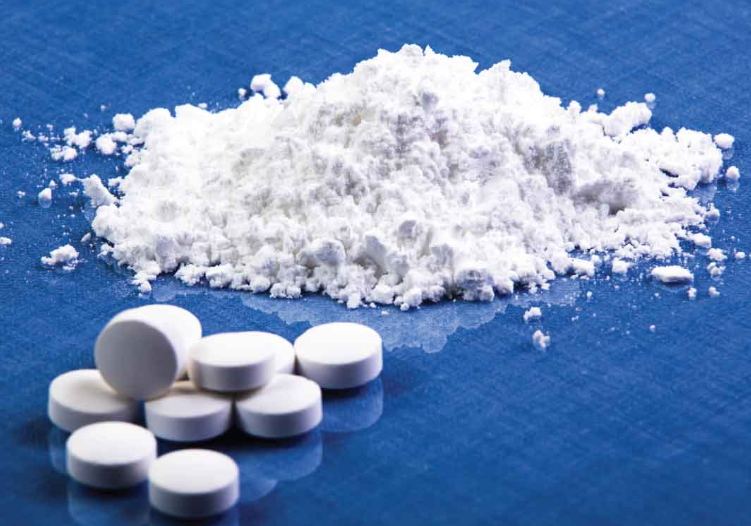In the pharmaceutical industry, excipients play a crucial role in drug formulation, aiding in the delivery, stability, and efficacy of active pharmaceutical ingredients (APIs). One such excipient that has gained widespread use and recognition is Hydroxypropyl Methylcellulose (HPMC). HPMC, also known as hypromellose, is a cellulose derivative that offers a range of functional properties, making it valuable in various pharmaceutical formulations.
One of the primary functions of HPMC as an excipient is its role as a binder. Binders are essential in tablet manufacturing as they help hold the active ingredients together, ensuring uniformity and coherence of the tablet structure. HPMC exhibits excellent binding properties, enabling the production of tablets with the desired hardness and disintegration characteristics.
Moreover, HPMC serves as a controlled-release agent in pharmaceutical formulations. By forming a gel layer when in contact with water, HPMC can regulate the release of the active ingredient from the dosage form, allowing for extended or sustained release of the drug. This property is particularly beneficial for medications that require controlled release to maintain therapeutic levels in the body over an extended period.
In addition to its binding and controlled-release properties, HPMC acts as a film-forming agent in coating applications. Tablet coatings serve several purposes, including masking the taste or odor of the drug, protecting the active ingredient from environmental factors, and improving swallowability. HPMC-based coatings provide a smooth and uniform film that enhances the appearance and functionality of the tablet.
Furthermore, HPMC is widely used as a viscosity modifier in liquid formulations such as suspensions, emulsions, and eye drops. By adjusting the concentration of HPMC, formulators can control the viscosity of the formulation, ensuring proper flow properties and uniform distribution of the active ingredient.
It’s worth noting that HPMC is generally recognized as safe (GRAS) by regulatory authorities such as the United States Food and Drug Administration (FDA) when used within specified limits. However, as with any excipient, proper evaluation of compatibility, stability, and interactions with other components in the formulation is essential to ensure the safety and efficacy of the final product.
In conclusion, HPMC serves as a versatile excipient in pharmaceutical formulations, offering functionalities such as binding, controlled release, film-forming, and viscosity modulation. Its widespread use underscores its importance in drug development and formulation, contributing to the delivery of safe and effective medications to patients worldwide.


